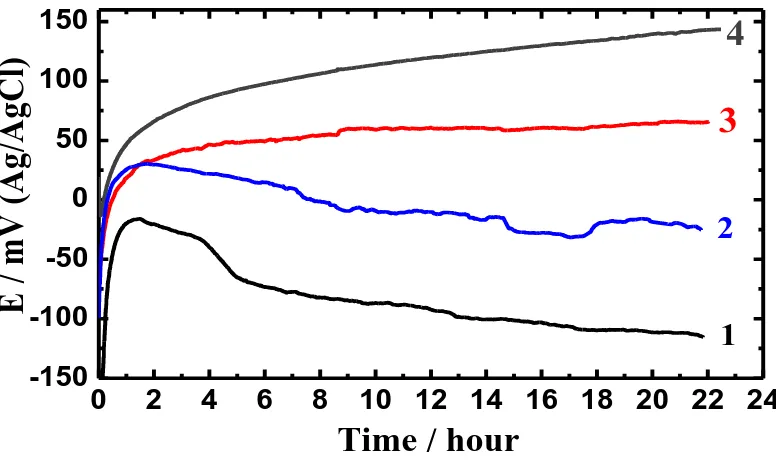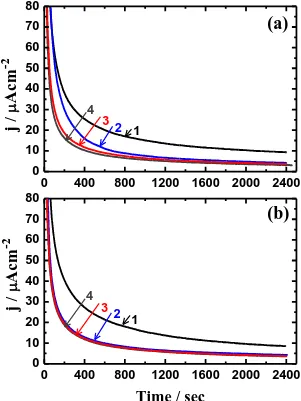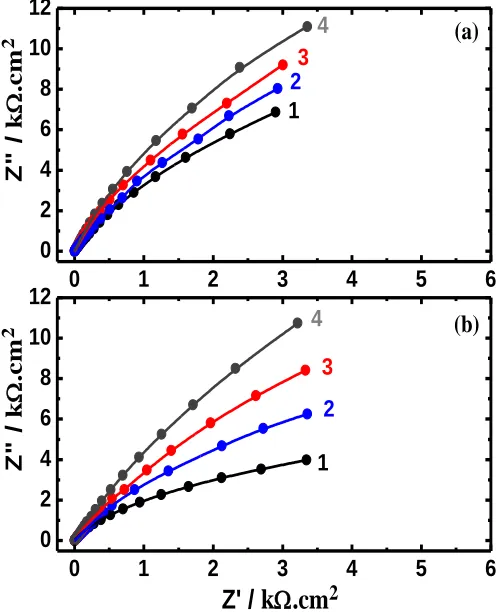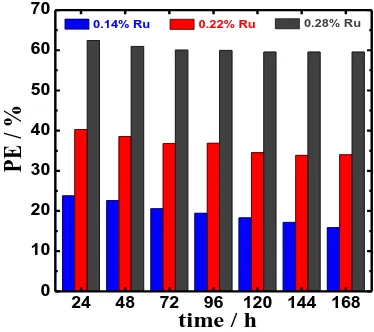Corrosion Behavior of Duplex Stainless Steel Alloy Cathodically Modified with Minor Ruthenium Additions in Concentrated Sulfuric Acid Solutions
Full text
Figure




Related documents
persistent inflammation of infected larvae, although the infection was non-lethal. The in vivo inflammation process was confirmed by the co-localization of GFP-tagged S.
CaM specifically interacts with TBC1D3 in a Ca 2+ -dependent manner and inhibits GF signaling-induced ubiquitination and degradation of the oncoprotein in both cytoplasm and
demonstrate the dye sensitized solar cell of FTO/ZnO-dye/LiI-I2/platinum utilizing quasi one- dimensional highly compact ZnO nanorods prepared by a novel technique,
There are, generally speaking, three sides to the work of the ALS - prosecutions, general advisory and operational law and legal Officers can expect to work in all three areas
Exposure of endothelial cells and intact renal arterial segments to exogenous anandamide stimulates the release of NO, which is a major mediator of anandamide’s actions on
On the surface, such patterns facilitate infiltration or drainage with limited soil loss; in the unsaturated zone, pat- terns facilitate efficient replenishment of moisture deficits




